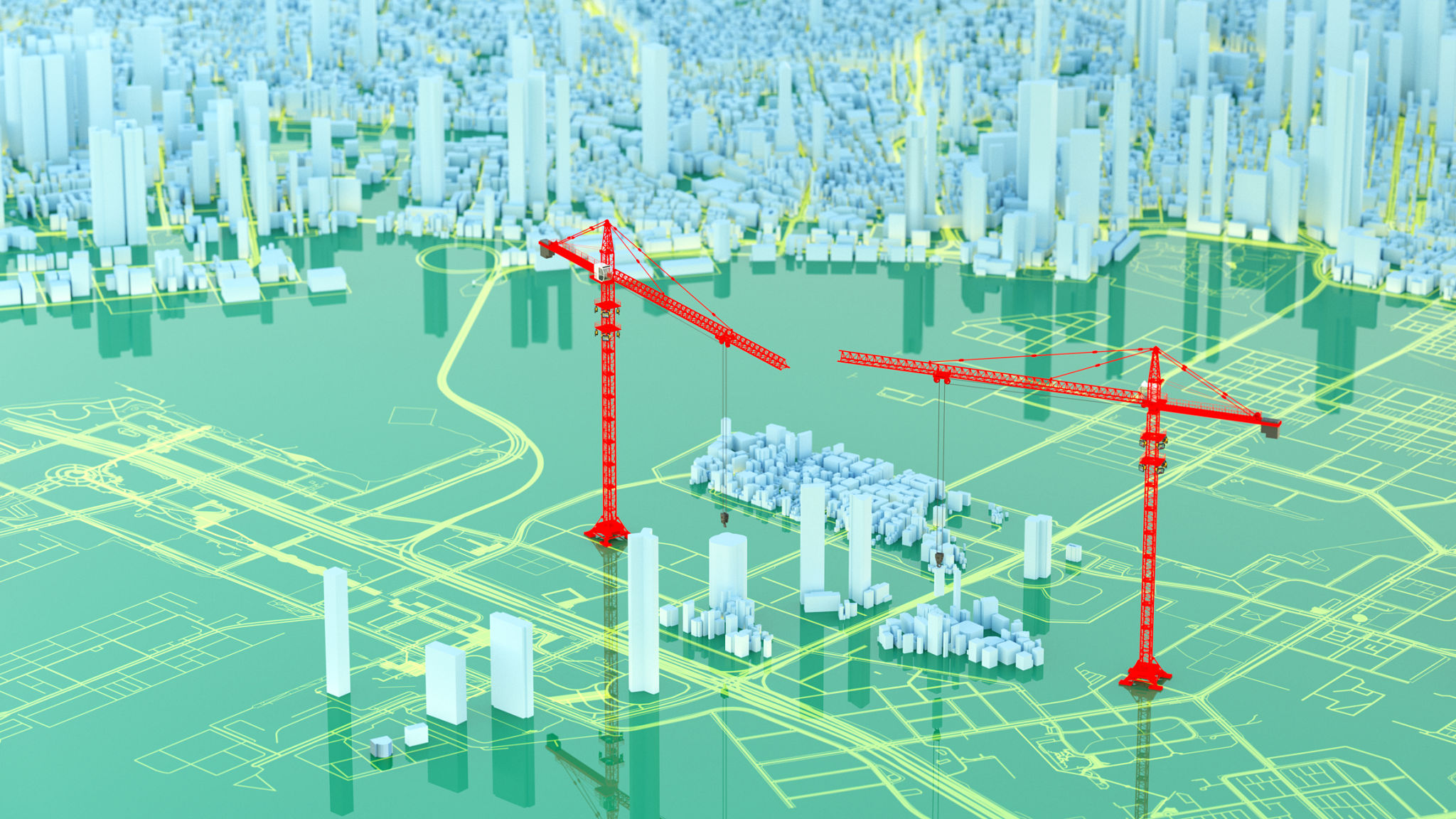Debunking Myths About Green Construction: What Really Works
Understanding Green Construction
Green construction is often surrounded by misconceptions, leading to confusion about its true benefits and practices. As sustainable building becomes more mainstream, it's crucial to separate fact from fiction. This post will debunk common myths about green construction and highlight what truly works.

Myth 1: Green Construction Is Too Expensive
One of the most pervasive myths is that green construction is prohibitively expensive. While initial costs can be higher, the long-term savings in energy, water, and maintenance often outweigh these expenses. Many green building projects see a return on investment within a few years.
Additionally, tax incentives, rebates, and grants are available to offset initial costs. These financial aids make green construction more accessible and economically viable.
Myth 2: Green Buildings Are Less Durable
Another misconception is that sustainable buildings are less durable than traditional structures. In reality, green buildings often use high-quality materials designed for longevity. These materials are chosen not only for their environmental benefits but also for their durability and performance.

Moreover, green construction emphasizes proper site selection and building orientation, minimizing environmental impact while enhancing structural resilience.
Myth 3: Sustainable Materials Are Hard to Find
Some believe that sustainable materials are rare or difficult to source. However, the demand for eco-friendly products has led to a broader availability of sustainable materials. From recycled metal to bamboo flooring, numerous options are now accessible to builders.
- Recycled steel and aluminum
- Reclaimed wood
- Bamboo and cork flooring

These materials not only reduce environmental impact but also often come with certifications ensuring their sustainability.
Myth 4: Green Construction Is Only About Energy Efficiency
While energy efficiency is a significant aspect, green construction encompasses much more. It includes water conservation, indoor air quality, and the use of non-toxic materials. A holistic approach ensures the health and well-being of occupants and reduces a building's overall environmental footprint.
- Water-saving fixtures and systems
- Improved ventilation and air filtration
- Use of low-VOC (volatile organic compounds) materials
The Real Benefits of Green Construction
Green construction offers numerous benefits beyond environmental sustainability. It enhances occupant health, reduces utility costs, and increases property value. As awareness grows, more developers are embracing these methods, leading to healthier communities and a healthier planet.

Understanding and debunking these myths is crucial for advancing sustainable practices in the construction industry. By embracing the realities of green building, we can create structures that are not only environmentally responsible but also economically and socially beneficial.
